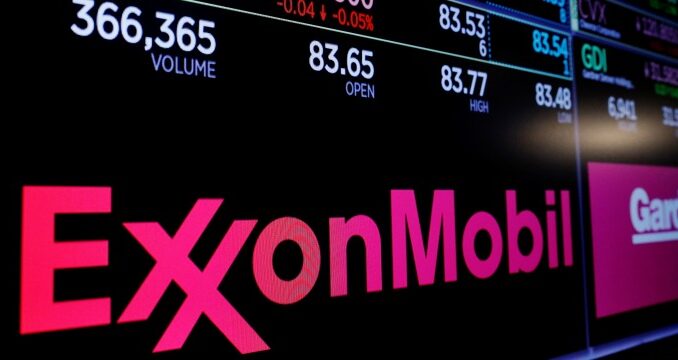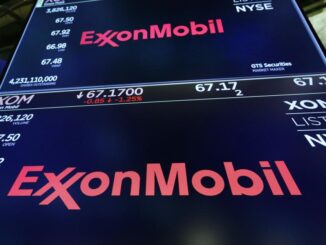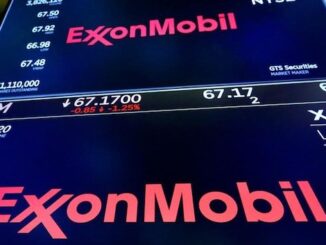
New York, 17 April (Argus) — Almost two years after ExxonMobil suffered a rare boardroom defeat at the hands of climate activists, the company is stepping up efforts to curb its own emissions as well as those of others.
At a recent investor presentation, chief executive Darren Woods went so far as to posit that ExxonMobil’s nascent low-carbon unit may one day equal if not exceed “some of our traditional businesses”. Its low-carbon solutions business got off the ground in 2021 with a focus on carbon capture and storage, hydrogen and biofuels. The unit has revenue potential in the hundreds of billions of dollars, “quite possibly larger than ExxonMobil’s base business is today as the world approaches net zero”, the firm’s low-carbon president Dan Ammann says.
The global market for emissions reductions could reach an estimated $14 trillion by 2050, according to ExxonMobil, with the hard-to-decarbonise market that the company is targeting — including heavy industry and commercial transportation — worth $6 trillion. At the same time, ExxonMobil has set modest targets for tackling its own carbon footprint, including a goal to reach net zero emissions from the assets it operates in the Permian basin by 2030. Environmental groups have dismissed such efforts as insufficient given the urgency of the climate crisis.
ExxonMobil and its US peer Chevron have laid out plans to boost spending on low-carbon initiatives in the coming years, but they still lag behind their European rivals. They have largely shunned wind and solar power because they lack competitive advantage in those areas, and a belief that such projects offer lower returns.
ExxonMobil hailed the incentives included in the US Inflation Reduction Act as “opening up the funnel” in terms of the number of low-carbon projects that are now viable. In contrast, policy in Europe is “more prescriptive”, Ammann says. ExxonMobil is stepping up decarbonisation efforts even as it plans to grow its fossil fuel output in the next few years. Meanwhile, European counterparts such as BP have backtracked on plans to scale back oil and gas output in light of the energy crisis sparked by the war in Ukraine.
Conditional decarbonisation
Ammann took pains to point out that continued increases in the cost of carbon, whether through policy support or carbon taxes or trading schemes, as well as technological breakthroughs, will be required for ExxonMobil to succeed. The firm is investing around $17bn in lower-emissions initiatives in 2022-27. That compares with overall spending of $20bn-25bn/yr over the same period. Around 60pc of this low-carbon spending will be directed towards reducing the company’s own carbon footprint, and the remainder on helping curb third-party emissions.
Potential deals to help realise those decarbonisation goals will have to meet a high bar given the number of assets in the market that have yet to deliver. “We’ll look at opportunities as they come along, but it’s really an organic-first strategy and if there’s an opportunity to really accelerate something, then we’d look at that,” Ammann says. Low-carbon projects are expected to compete for capital with the rest of ExxonMobil’s business and deliver competitive returns. In contrast to the “highly cyclical” oil and gas industry, the company intends to take advantage of long-term contracts with low-carbon projects that offer double-digit returns.
“This proactive but still returns-focused strategy can help derisk longer-term cash flows and mitigate terminal value uncertainty — offsetting the impact of longer-term erosion in oil and gas demand,” US bank Morgan Stanley analyst Devin McDermott says. Morgan Stanley forecasts a 15pc average return on capital will deliver around $4bn in low-carbon earnings for ExxonMobil by 2030 and $8bn by 2035.



